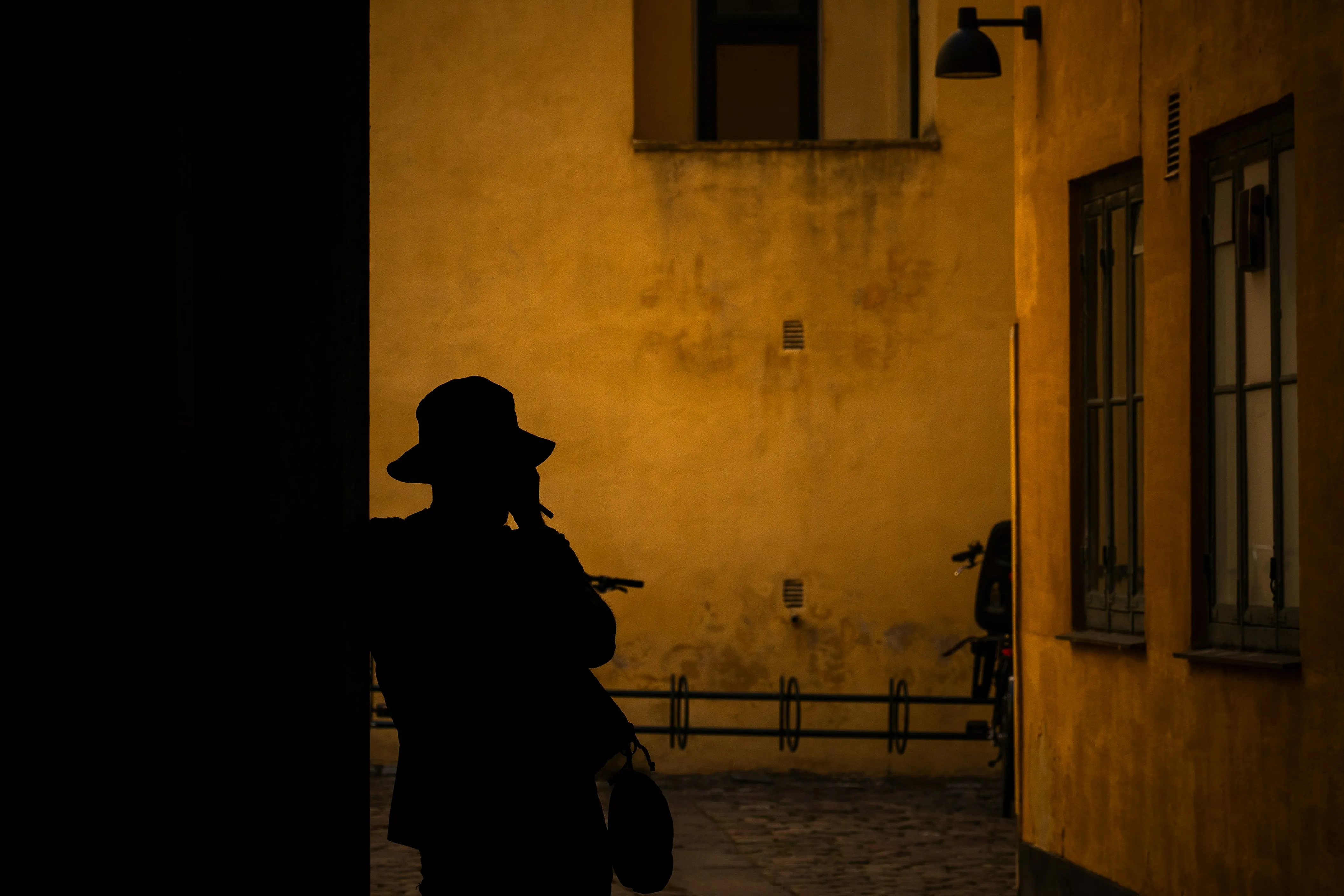📚 How To Promote Your Book Online
Writing a gripping story is one thing — getting it into readers’ hands is another. If you've crafted a mystery worth solving but don’t know how to market it, this course is for you.
Your story deserves to be discovered — let’s make it happen.
There's something deliciously irresistible about a good detective story. A brilliant mind, a twisted crime, a trail of red herrings, and that final, satisfying "Aha!" moment. Whether you’re channeling your inner Agatha Christie or trying to create the next noir antihero, writing detective fiction is part logic puzzle, part psychological drama, and part literary sleight of hand. Ready to don your metaphorical trench coat? Let's go sleuthing through the process.
Start with the Crime – But Make It Worth the Chase
All good detective stories start with something that shouldn’t have happened: a murder, a theft, a mysterious disappearance. But not just any crime — you want something that immediately raises questions. Why would someone kill a washed-up jazz pianist with a shoehorn? Why does the stolen painting have a hidden map on the back? Curiosity is your bait — dangle it well.
The Detective: Not Just a Trench Coat and a Cynical Attitude
Your sleuth doesn’t have to be a chain-smoking loner with a whiskey problem (though, let's admit, it's a vibe). What they do need is a compelling reason to chase the truth — obsession, justice, guilt, boredom — pick your poison. Give them quirks, flaws, and that one weird thing they always notice. The best detectives feel human, but a little sharper than the rest of us.
Set the Stage: Atmosphere is Everything
Foggy alleys, creaky mansions, claustrophobic small towns — setting can amplify tension and keep readers on edge. But it’s not just about mood. Where your mystery takes place affects what clues are possible, who the suspects are, and how your detective moves. A murder at a Victorian estate has different rules than one on a space station. (Yes, space noir is a thing. Yes, it's awesome.)
Clues, Red Herrings, and Fair Play
A good mystery teases the reader — but plays fair. Plant real clues early. Bury them under distractions. Red herrings (fake clues) are essential, but they shouldn’t feel cheap. Readers want to feel clever, not tricked. When the detective explains the solution, your audience should slap their foreheads and say, “Of course!” not, “Wait, what?”
Suspects: Motive, Means, and Opportunity
Every suspect should have a reason to commit the crime, the ability to do it, and a chance to pull it off. But they should also feel like real people, not just walking clues. Give them secrets, relationships, grudges, and contradictions. The more complex your suspects, the more satisfying the reveal.
The Big Reveal: Don't Drop the Ball
The climax of your story is when the detective gathers everyone in the drawing room (or the Zoom call, if you're writing modern mystery) and lays out the whole thing. This is your fireworks finale. Everything should click into place. And remember: the answer should feel inevitable — but only in hindsight. That’s your magic trick.
Twist Responsibly
A twist ending can elevate your story from good to unforgettable — but only if it’s earned. Sudden left turns that ignore previous clues feel like betrayal. The best twists deepen the story, reframe the crime, or reveal something about the detective themselves. Make it shocking, but make it make sense.
Embrace the Puzzle
Writing detective fiction is a delightful balancing act between chaos and control. You're both the criminal and the detective, the puppet master and the audience. Plan meticulously, but let your characters surprise you. And most of all, have fun — because if you're enjoying the mystery, chances are your readers will too.
Now go commit some fictional crimes. Just remember to leave a trail of breadcrumbs — or at least a muddy footprint.





